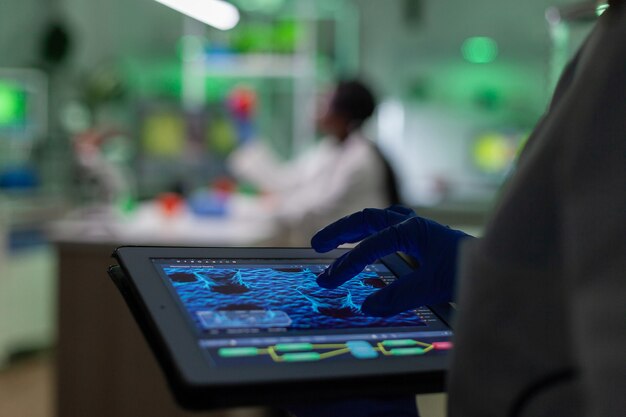
Sponsored article
In recent years, technology has significantly impacted various fields, including healthcare. One area where this transformation is highly evident is in drug screening, where accuracy and reliability are paramount. With technological advancements, drug screening processes have become more precise, efficient, and thorough. From the integration of sophisticated devices to the application of artificial intelligence, these innovations are reshaping how drug screenings are conducted and interpreted.
In recent years, advances in technology have significantly transformed the landscape of drug screening, offering a host of sophisticated tools and methods that enhance the accuracy and reliability of test results. One of the most notable advancements in drug screening tools is the integration of smart sensors and AI algorithms, which allow for real-time data analysis and more precise detection of substances, minimizing false positives and negatives. These innovations not only improve accuracy but also expedite the testing process, providing results in a fraction of the time required by traditional methods. Such improvements are crucial for healthcare professionals who rely on rapid, dependable information to make informed decisions.
Moreover, the introduction of hardware solutions for drug screening has broadened the scope of possible testing environments, making it feasible to conduct screenings in remote or resource-limited settings without sacrificing reliability. These hardware advancements, available through companies like BTNX Inc., offer durable, portable systems that support a wide array of diagnostic applications. By visiting hardware solutions for drug screening, professionals can explore innovative workflow solutions designed to streamline and enhance the overall testing process. This combination of cutting-edge technology and practical applications underscores the ongoing evolution of drug screening, ensuring that it continues to meet the stringent demands of modern medical practice.
Automation and artificial intelligence (AI) in drug testing are revolutionizing the way we approach drug screening processes. By integrating sophisticated algorithms and automated systems, laboratories can achieve increased efficiency by significantly reducing the time consumed in processing samples. Automation helps in minimizing human interference, thereby reducing the potential for error, which is vital in ensuring the accuracy and reliability of drug tests. Automated machines can handle repetitive tasks with impressive consistency, ensuring that each sample is processed under the same conditions, thereby bolstering the dependability of the results.
Artificial intelligence, in particular, introduces advanced analytical capabilities that enhance the precision of drug screening. AI algorithms can quickly analyze complex data sets to identify substances with high accuracy that might otherwise be missed by manual techniques. This intelligent assessment allows for quicker turnaround times, enabling timely decision-making. Thus, the integration of automation and AI in drug testing is critical for speeding up result processing and ensuring that results are both precise and trustworthy.
Data analytics plays a pivotal role in enhancing drug screen accuracy by leveraging the power of predictive analysis and big data in healthcare. By analyzing vast datasets, laboratories can improve the precision of drug tests, predicting possible outcomes and identifying patterns that may not be evident through traditional methods. This approach helps in minimizing false positives and negatives, thereby improving the reliability of drug screening results. Predictive analysis uses algorithms to assess historical data, thereby crafting models that forecast the likelihood of various testing outcomes based on previous cases.
Utilizing big data in healthcare for drug screening offers numerous advantages, including:
By integrating these sophisticated analytics techniques, the accuracy and efficacy of drug screenings are significantly enhanced, offering better outcomes for both healthcare providers and patients.